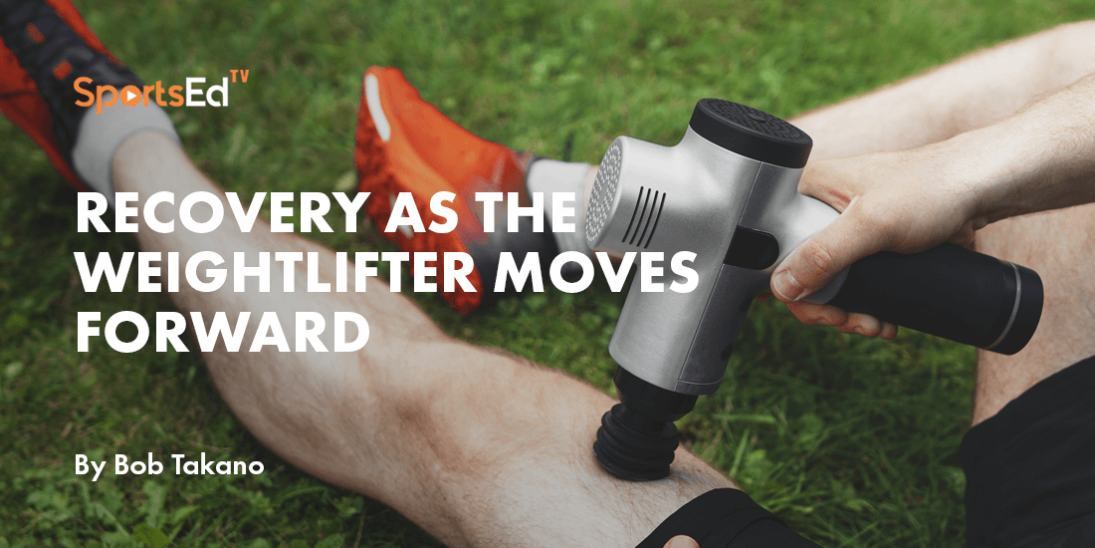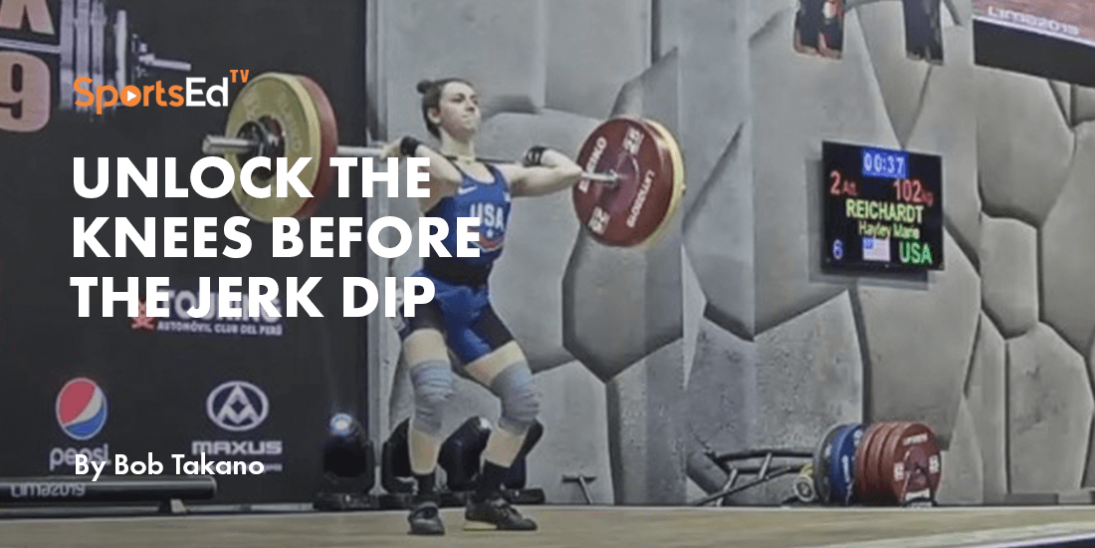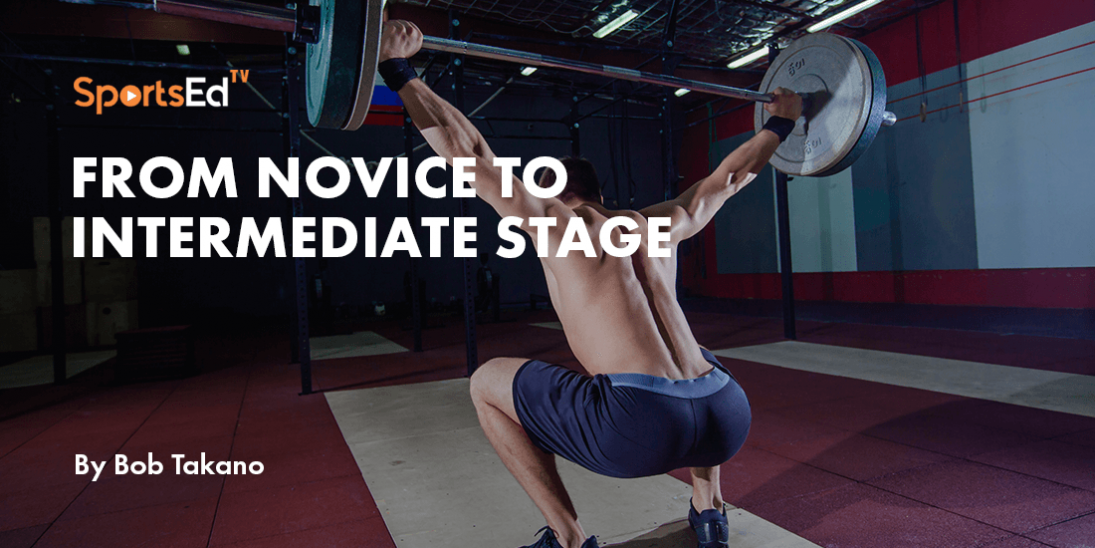Weightlifting
Welcome and thanks for visiting...

Recovery as the weightlifter moves forward

If we look at the progressive development of a talented weightlifter as he or she moves through a career, we find the volume gradually increasing. A beginner might be capable of performing 7,000 meaningful repetitions per year with very little attention paid to recovery. An elite international lifter, however, is expected to perform approximately 25,000 reps per year. This will require some attention being paid to the area of recovery. In the United States, we are not as attentive to this fact as other nations with facilities dedicated solely to recovery.
What is recovery?
Serious training for a sport impacts the body extensively. Tissues are broken down, nutrients are catabolized, and new materials must be provided to the body while metabolites are eliminated. Recovery is the process of rebuilding the tissues, replenishing nutrients, and facilitating the removal of waste products. These processes must be facilitated and hastened if meaningful training is to be conducted more frequently. Adequate rest is part of the equation. Proper nutrition is another aspect, and perhaps most important is the increase of local circulation in the affected areas of the athlete’s body.
For Serious Athletes
During the preparation mesocycle, recovery will never be 100%, but the higher it is, the more effectively the athlete can train at higher volumes more frequently. During this training phase, the goal is for the training load to impact the body beyond the capacity to recover.
Nutrition
Let me begin this section by recognizing that some athletes have what I would consider digestive talent. They can digest and assimilate a higher percentage of the food ingested. They might even synthesize transaminases that can alter the structure of some amino acids into more utilizable structures. Not everyone has these talents so care must be taken in not comparing oneself to a more talented digester.
Calories: Enough calories must be ingested to enable a weightlifter to train and recover from such rigor. The lifters in the lightest classes may need to ingest a minimum of 3,000 Kcal/day, while the athletes in the penultimate bodyweight categories might ingest close to 10,000 Kcal/day. Failure to do so can result in completing the prescribed repeated training volumes.
Caloric percentage dosages for Macronutrients: 60% of the daily caloric intake should come from digestible carbohydrates in order to provide sufficient energy for training and recovery. 30-35% of the calories should come from complete proteins in order to rebuild the structures and enzymes catabolized during training. Without going into too much detail, a complete protein should contain the eight essential amino acids in a profile that is optimal for humans. 5 to 10% of the calories should come from lipids for cell membrane restructuring and neural insulation.
Micronutrients: Vitamins and minerals are nutrients that are essential in small doses to facilitate a large variety of metabolic processes.
An Aside: Please keep in mind that supplements are just that. They do not take the place of sound nutrition. Supplement manufacturers are in the business of selling supplements. Much of their sales strategy is based on “expert” testimony or testing performed on talented athletes.
Sleep
While the amount of sleep per night can vary considerably from one individual to another, an athlete needs to ensure that the hours of sleep are sufficient. The general metabolism slows during sleep, and the recuperative biochemistry occurs. High-quality training depends on the number of consecutive high-volume days that can happen. Sleep is critical for this possibility.

Modalities for increased passive circulation
The concept behind this aspect of recovery is to increase microcirculation while expending the least amount of energy. A list of these modalities is as follows:
- Self-massage
- Athletic massage: This modality also helps break up metabolite deposits in the muscles.
- Contrast showers: Alternating very hot showers with 30-second cold showers.
- Steam
- Jacuzzi
- Sauna
The modalities should be rotated so that the body does not adapt to anyone, causing efficacy to be lost.
The actual recovery value was evident when I toured the Bulgarian training facilities in 1989. One of the most enlightening was a Recovery (or Restoration) Center across the street from their training center in Varna. It featured all manner of hydrotherapy, athletic massage, and a swimming pool. It was free for the athletes, but average citizens could use it for a nominal fee. Recovery from physical labor was a priority for the powers that be.








